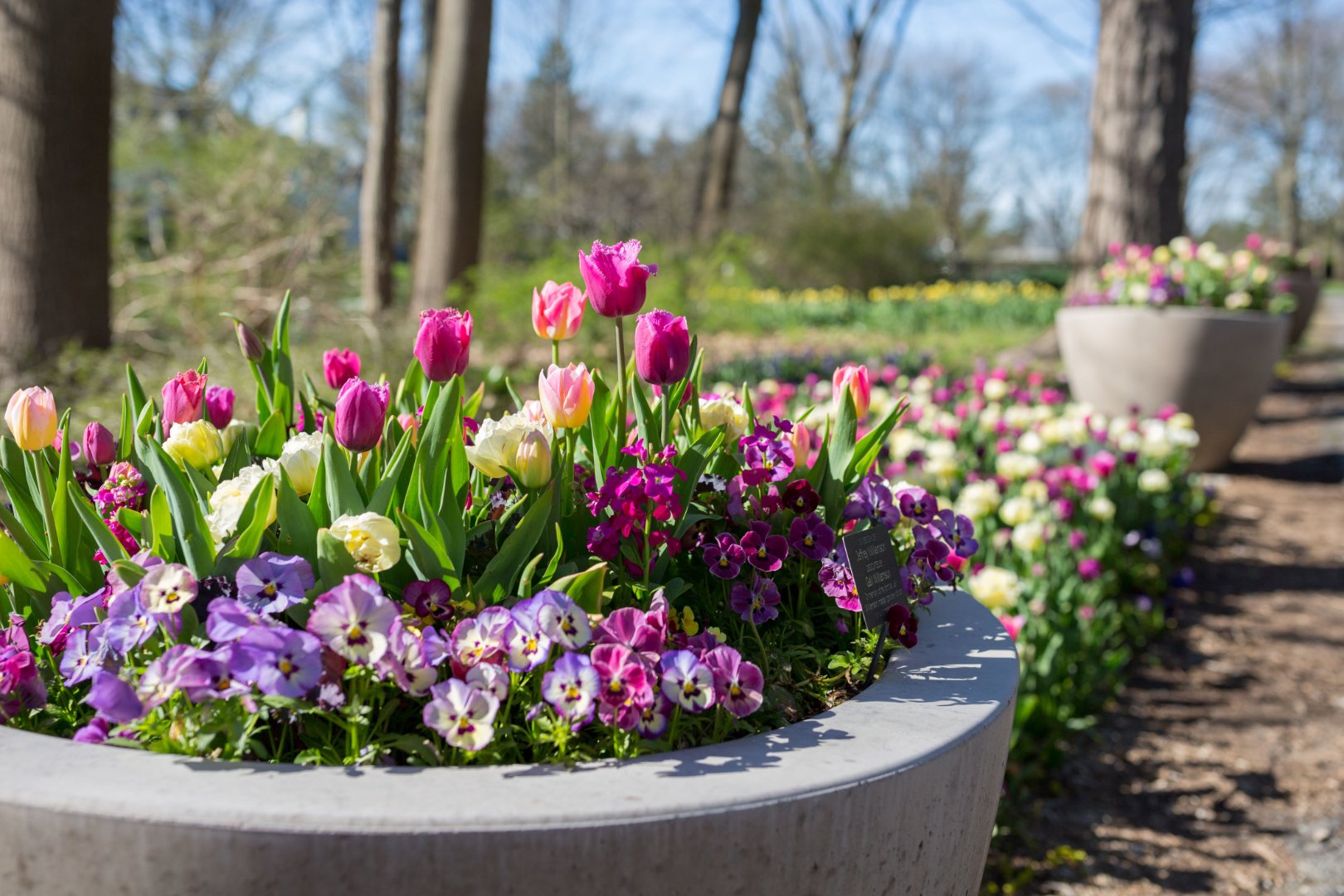What’s in a Name?
In January 2020 (which seems like a lifetime ago, doesn’t it?) I was chair of the Plant Nomenclature & Taxonomy Community of the American Public Gardens Association. A forum post asking for a non-existent resource came across my computer screen. The message specifically requested information on repositories of plant names that have offensive words in them, and it garnered an unprecedented response rate. Anecdotes and words of agreement that such a resource didn’t exist and was sorely needed flooded the chat over the next few days.
Part of my leadership duties included promoting engagement among professionals focused on plant naming conventions. And leading this band of name-nerds in an annual service project. The project resulting from this conversation would certainly check both those boxes.
Plant names have a history spanning back to the earliest humans. I imagine it was crucial as a hunter/gatherer to be able to communicate the differences between plants that could feed you or hurt you. There are written records of medicinal plants as far back as 3,000 BC in China. They show up in Egyptian hieroglyphs, and continued to be communicated in unique, cultural ways until Carl Linnaeus published the modern, scientific standardization of plant names in 1735. This standardization shifted botanical names away from regional language, culture, and custom and towards a Eurocentric monopoly on how we refer to plants within the field.

However, there’s still those names that your grandparents probably taught you on a balmy day at the park, or in their own home gardens (pansy, black-eyed Susan, or Indian paintbrush to name a few). They may not meet the scientific standard, but they are used right alongside their regulated counterparts. These common names have been passed down for generations, often used, but not scrutinized for malintent.
Language use changes and evolves over time, sometimes taking on new meanings due to cultural shifts, sometimes falling out of favor. Public gardens strive to be inclusive places of respite, inspiration, and education – the language used when talking about plants should be a part of that inclusivity practice.
The Plant Nomenclature & Taxonomy Community teamed up with the Council on Horticulture and Botanical Libraries folks and asked our institutions to dig deep into the back corners of their plant name databases and give us everything they had. Thirty institutions stepped up, handing over 400,000 lines of data. We then crossed those names against 1,700 potentially problematic words taken from Wikipedia and the Carnegie Mellon Louis von Ahn Offensive/Profane Word List. (Even accomplishing that was a Herculean effort that involved two engineer spouses and ultimately a friendly Reddit user to crack the formula for us.) Over two years, with the help of dozens of volunteers contributing over 500 hours of work, we managed to whittle that down to a nearly manageable list of 227 common names to be reviewed for context and definitions.
By the end of 2021 we were able to publish a 60-page report. This document covers our methodology, some interesting discussions, and the information on the potentially problematic common names we were left with at the end of our data scrubbing. Our ultimate goal was not to demonize any specific words, but rather to give some context and some definition to how they could be problematic depending on the reader’s background.
For example, there is a word that in Australian culture is slang for a soldier, but in central California it is a harmful ethnic slur defacing indigenous peoples. Depending on the garden location and its local community, reading that word could have drastically different emotional impacts on a garden guest. The bulk of the report tries to address this level of nuance and the need for individuals to look at their language use within the context of their own constituents, and that this work is not a one stop shop or quick “fix” for any of this.
On that note, this project was just the tiniest tip of the iceberg–fit for only a single penguin’s perch. It didn’t even begin to touch the sexism, religious references, outdated political/geographical boundaries, or problematic historical figures also embedded in many of these names. But, this project and its resulting resources are a beginning, a launch point. Where it goes from here is completely determined by the end users, and folks who build on the foundation this resource created.
My hope is that horticultural institutions use this information to evaluate the words both tucked away in the dusty cobwebs of their databases rarely seeing the light of day as well as those used casually in conversation. Since this project wrapped up, I have started the practice of looking up any word in a name that I don’t know the history behind as I assign common names to our plants to be labeled in The Garden at Newfields. I think the most important outcome from these years of research is that we’re having these conversations. They will expand the bounds of our own cultural understanding and heighten the importance of cross-departmental (pie in the sky dream cross-industry) collaboration around language use and our plant names.




